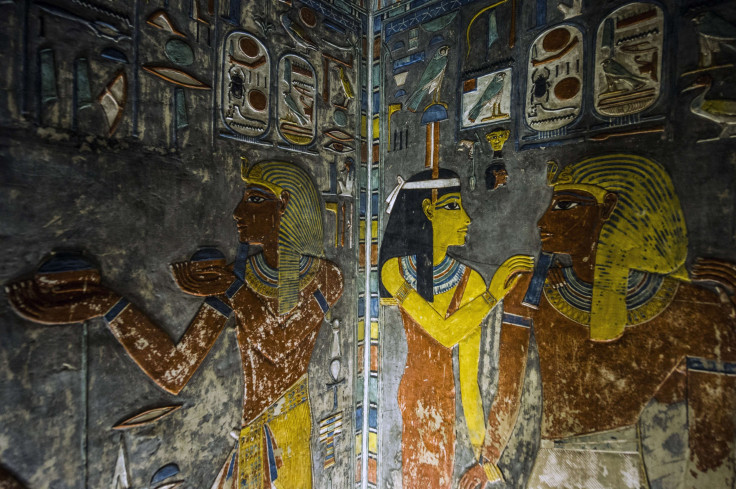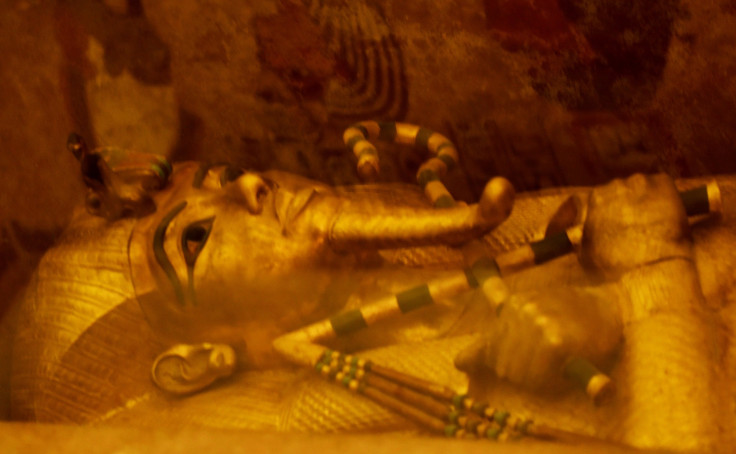Search Begins For Tutankhamun’s Wife Ankhesenamun’s Tomb In Valley Of The Kings

Excavations for the search of Egyptian king Tutankhamun’s wife Ankhesenamun’s tomb started Tuesday in the Valley of the Kings, where the latter’s tomb is believed to be located, as stated by Egyptian archaeologist Zahi Hawass.
Archaeologist have started to work in a place called the West Valley of the Monkeys, which is near the tomb of pharaoh Ay (1327-1323 B.C.) who came to power after Tutankhamun (1336-1427 B.C.), according to a report by Live Science.
The report stated most of the tombs were discovered in the East Valley of Valley of the Kings, while only a handful were found in the West Valley.
While conducting previous excavations, the researchers found four foundation deposits and radar images, which looked like an entrance to a tomb that might be16 feet (5 meters) below the surface.
In July last year, archaeologists were reported to have discovered evidence which was thought to have been of Ankhesenamun.
According to reports, Hawass said, “We are sure there is a tomb there, but we do not know for sure to whom it belongs.”
King Tutankhamun’s tomb was one of the most famous discoveries from Valley of the Kings, but the possibility of discovering something related to his wife was what excited numerous mummy fans and Egyptologists.

Hawass, who was the former head of Egypt’s Supreme Council of Antiquities, stated they had found four foundation deposits which meant “caches or holes in the ground that were filled with votive objects such as pottery vessels, food remains and other tools as a sign that a tomb construction is being initiated.”
He added Egyptians in the ancient ages “usually did four or five foundation deposits whenever they started a tomb's construction.”
According to Brinkwire, Ankhesenamun was born in the 18th dynasty reign and was one of the six daughters of king Akhenaten and queen Nefertiti. The report stated Ankhesenamun was married at a young age to her half-brother king Tutankhamun, who would go on to be one of the most revered pharaohs of Egypt.
There wasn’t much information about the life of Ankhesenamun, who is also known as “Egypt’s lost princess.” Whatever information was available was believed to have disappeared after she married pharaoh Ay after Tutankhamun died at the young age of 19.
The report also stated there was no information as to how Ankhesenamun died and how she was buried.
According to the Hawass’ official site, the excavation project was funded by the Discovery Channel.
National Geographic initially published the news of the tomb on July 7 last year. After resigning from his post at Egypt's Supreme Council of Antiquities, Hawass was the first minister of state for antiquities, a position which was created in 2011. He is at present the director of the Italian expedition in the excavations, which are taking place in the Valley of Kings.
© Copyright IBTimes 2024. All rights reserved.












